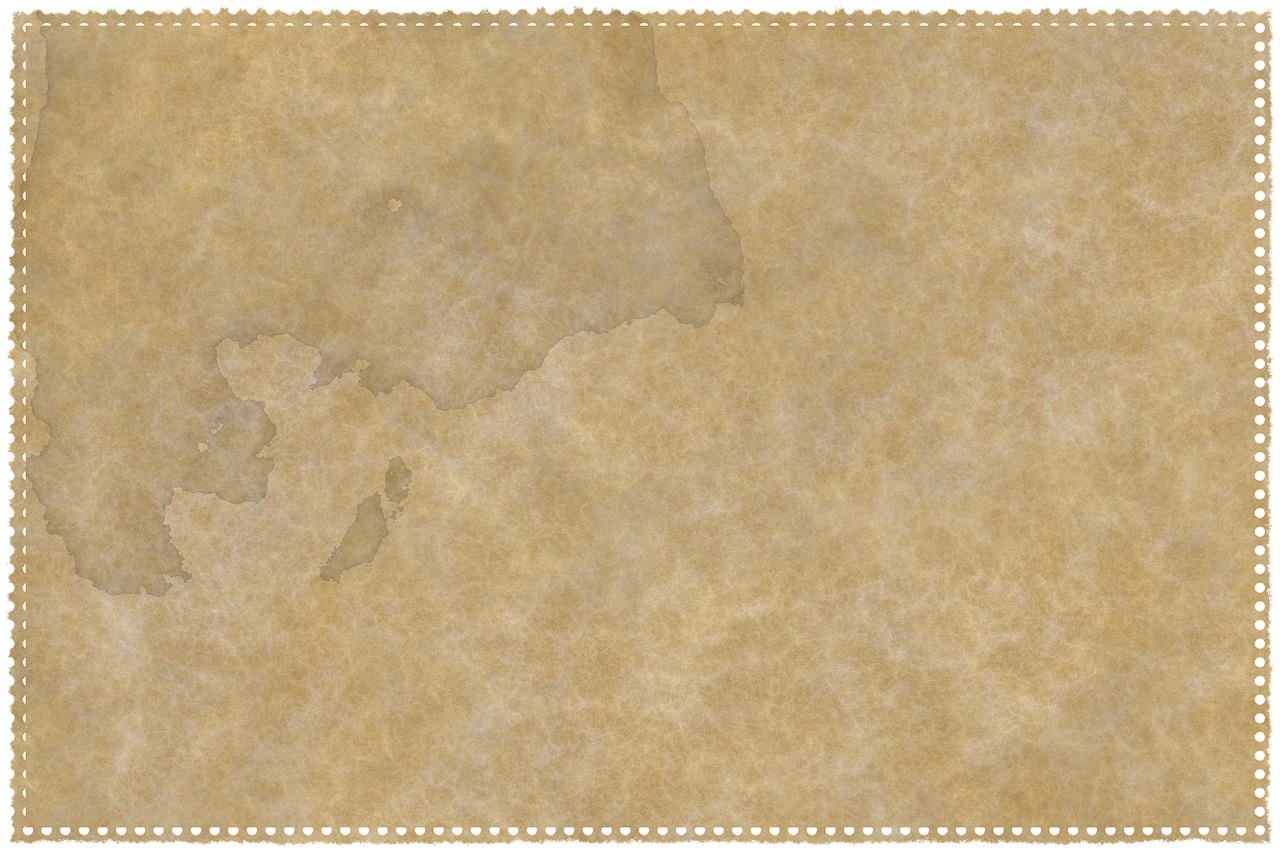Choosing a graphic design career is overwhelming if there are no hints or signs to follow. And trust me-it need not be. If you are thinking about making a career switch into design or would like to accelerate your skills while at school, I have been there; and I am going to share tips that worked for me and for thousands of others along the way. We here at YES have helped students from around the world improve their creative thinking and design abilities through our online courses and membership options, and I am very excited to pass on some of that to you.

What Does a Graphic Designer Do?
But before getting into all the steps of becoming a designer, it always helps to understand what actually goes into a graphic designer’s work. Simply put, a graphic designer creates visuals to communicate ideas or messages-for advertising, branding, or various forms of media such as posters, websites, or social media. While getting an illustration and fine arts degree is not necessary, you will need to be creative, have a bit of design sense, and be adept with a couple of technical tools to be able to pull your ideas into a real visual.
So, now that we know what a graphic designer does, let us proceed to identify the steps to embark on this exciting creative journey.
- Your Love for Design Counts
Don’t we all know that all-important phrase: “If you do not love what you are doing, it is harder to motivate yourself?” The truly great designers have a high regard for design and creativity. If you find yourself ever doodling, looking at magazine layouts, and experimenting with colors and patterns, you are halfway there. Passion is what you need to pursue; now choose to grow, keeping that natural curiosity alive as you explore. The more fun you have with it, the more you will be likely to ride the learning curve and motivate yourself. - Master One Design Application at a Time
Apply your creativity and simultaneously practice mastering design applications, which are various tools with which you create your design. Although graphic designers use different applications for their projects, I suggest that you focus on learning only one. As a beginner, juggling Photoshop, Illustrator, and InDesign all at once can be extremely overwhelming. Pick one that you can stick with and learn everything within it before proceeding further.
If you still have difficulty finding an application to start off with, I would recommend Adobe Photoshop. It’s very versatile for various endeavors in general graphic design-whether that’s logo work, social media graphics, or website mocking purposes. Once you get good at it, move on to learning other software such as Illustrator for vector work and InDesign for any layout design. - Build a Reference Library
Great designers always seek inspiration. So to sharpen your skills and strengthen that design eye, you should be building a reference library of work that speaks to you. Think of it as a collection of visuals that you take about 10 minutes a day to collect—images, designs, and layouts that interest you. Remember to take notes of color palette application, typography, and general composition.
Some of my favorite sources for inspiration would be:
Instagram: A lovely place to showcase artful creativity! Save posts into private collections.
Pinterest: Excellent for creating inspiration boards centered around particular themes.
Behance: To find projects of professional application in all fields of design.
Dribbble: An excellent source for UI/UX design, illustration, and iconography.
Start thinking like a designer in everyday instances: admiring nature or architecture or even the design of simple objects. There is inspiration everywhere! - Copy and Replicate (With Integrity!)
Once you’ve gathered some of your favorites, next, try to replicate those. Of course, copying can be a great tool for learning. It might seem strange at first, but practicing by replicating design pieces is not stealing; it’s learning-by-doing. Exercise small modifications in every piece of art that you replicate-whether it’s changing the color palette, changing the font type, or changing the orientation. Begin concocting a mix of elements from different works, and this will help you in establishing your design style.
Never sell or present copied work as your own. This is strictly for practice and not for professional use.
A great book to help you understand the value of copying is Steal Like an Artist by Austin Kleon. It teaches good ways to learn from others creatively. - Get Your Day Job (Yet)
As appealing as it is to want to dive into design, keep your day job until you are adequately skilled and have built up a confident portfolio. Design is a ruthless profession. Quitting your job too soon can only lead to stress, and stress never helps anyone grow. Use your evenings and weekends to practice and improve your craft instead. Constructing a very solid portfolio takes time, and that is the time you’ll need to grow without the pressure of worrying about your next paycheck. - Get Organized
Time is of the essence, and if you are serious about developing skills, you need to organize your time to allow for design practice. Treat learning like your job—set aside scheduled time for tutorials, projects, and practice. At a minimum, give yourself two hours a few times a week for design practice, which could involve tutorials or working on a personal project. The more time you can give to your craft, the faster you will see your improvement. - Building Your Portfolio
A strong portfolio is the key to getting jobs and clients. Begin with projects that resonate with the type of design work you want to do. If you enjoy designing logos, then work on logo projects; if you enjoy editorial design, create magazines or posters. The best way to build an attractive portfolio is to take up real design work.
You can take part in interplay of crowd-sourcing sites such as 99designs, or practice Daily UI and other platforms with real-world briefs. - Ask for Feedback, Accept Critique
There are many opinions about design, and some may not appeal to a few people. Don’t let that play on you! A designer progresses by learning to accept constructive criticism. Don’t take it personally; listen hard, and use it as a means to further your learning and improvement.
If you’re hoping to build upon the points of view that critique provides, it will prove to be one of the most beneficial forms of feedback, ensuring their skill set limits are nothing in comparison to their budding promise. - Show Off Your Work
A portfolio is first built seemingly, but of importance is to distribute them on the internet so someone might inadvertently see it and seize opportunities with you. Put your best work on Behance, Dribbble, and Instagram. Go to local creative meet-ups and online communities and be there conspicuously. Share your processes and those will only help in building a picture of yourself to prospective employers or clients. - Networking and Collaborating
It may seem very daunting, but networking is a part of the designer’s growing process. Attend conferences, art fairs, and workshops to meet people with aligned interests. Collaborating with other designers and creative people brings in unique opportunities, which challenge you, and keep you motivated.
Getting your network going in the creative industry will get you an awesome opportunity for collaborations and job offers.
Jump into Opportunities with YES
From beginners or polishers, you don’t need to walk a lonely path. YES has set up a pathway to membership online, allowing you to access course tutorials, discussions, and mentorship under the auspices of licensed professionals. And this is the site for you to further your development in the field of design and find help through the process.
Don’t wait for the opportune moment; take the plunge today!



